What is the best material for a raised bed? For a sustainable and stylish garden
Expert advice for choosing the best, most durable materials for a raised garden bed, for years of successful growing
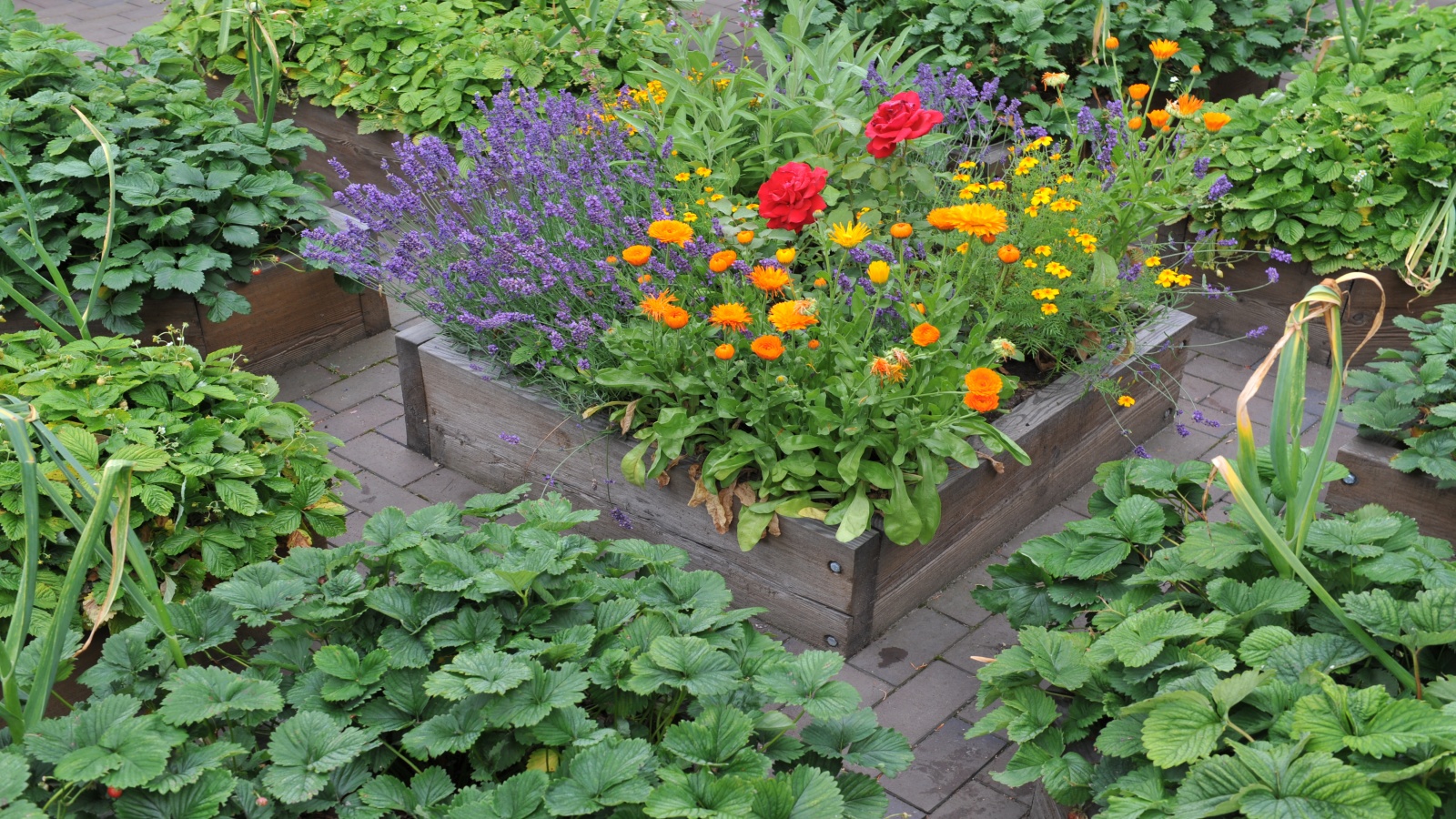

Choosing the best material for a raised bed is not something to be taken lightly, because while there are suitable products widely available, several should be avoided on health grounds.
The best material for a raised bed needs to be durable, safe for growing edible crops, easy to work with, and attractive - so it adds an extra something to your growing space.
When you are putting together your raised bed garden ideas, you also need to bear in mind what will work best in the climate you are growing in, what has the best weather resistance, and whether you want a permanent, stationary structure or something that can be moved around your yard.
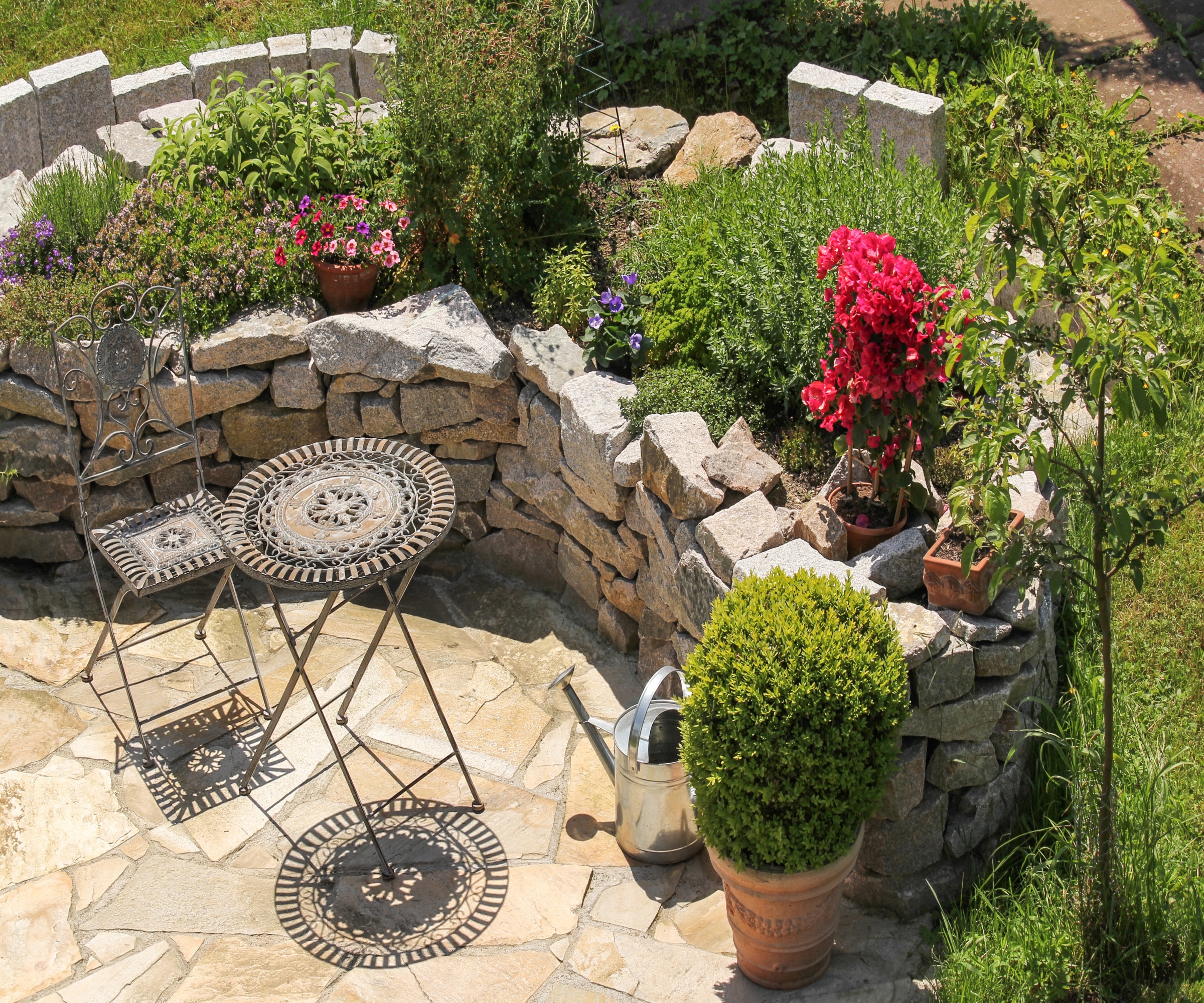
The best material for a raised bed will add to and blend into your yard
The best material for a raised bed
We have four raised beds in our yard, all used for growing vegetables and fruit, and over the years I have learned where is the best place to put them, what materials to use, what plants to grow and which plants to never grow in a raised bed.
Here are my top recommendations for the best materials for a raised bed.
1. Wood
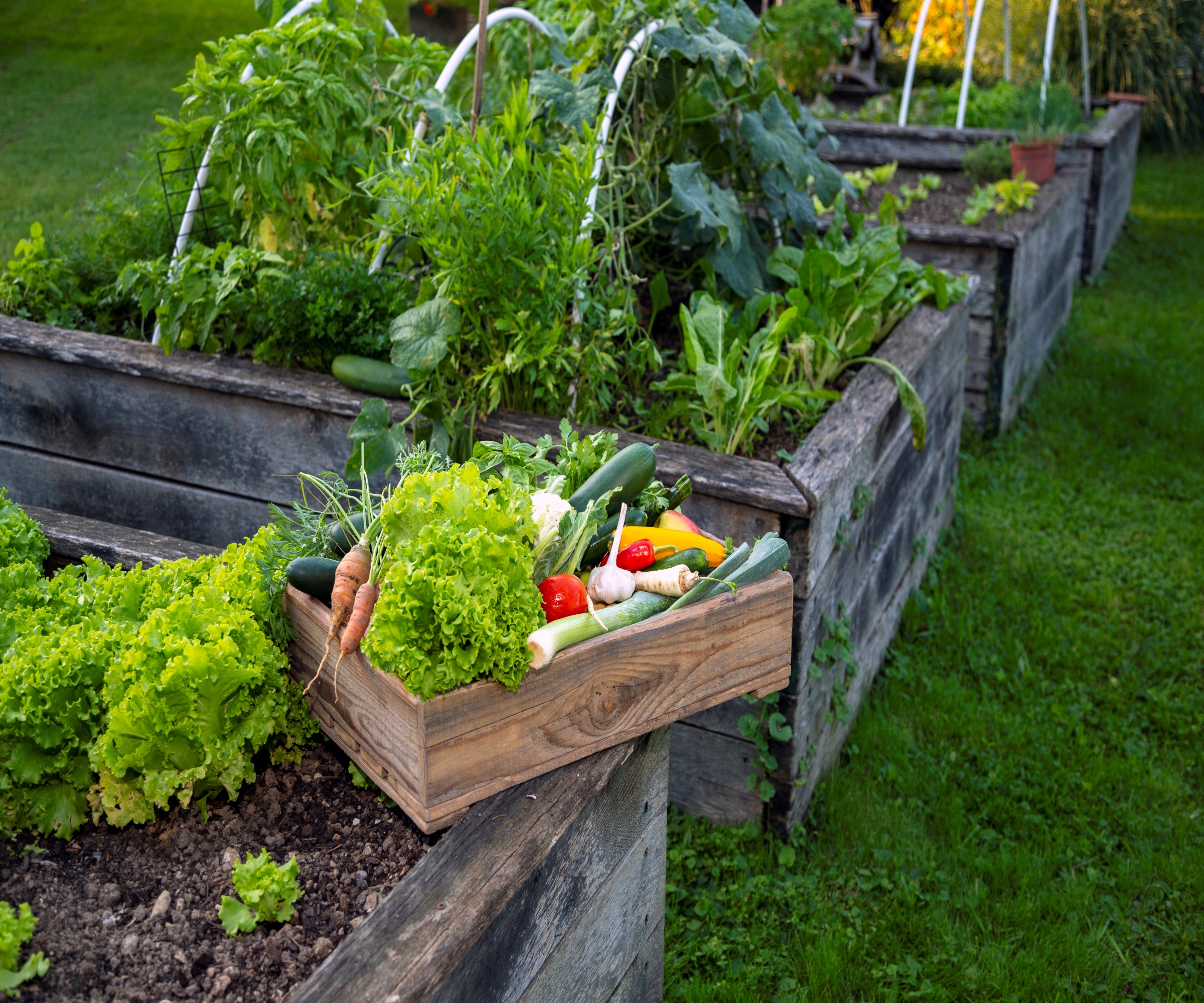
Many gardeners say wood is the best material for raised beds as it's accessible, sustainable and looks good in most yards
Wood is generally regarded as the best material for a raised bed because it is natural, it blends in well with most yards and it is easy to work with.
Hardwoods such as cedar and redwood are the best woods to use as they are long-lasting and naturally resistant to diseases and rotting.
They will rot away eventually, especially in damp climates, but you should still get many years of use from them. Commonly used untreated Douglas fir, for example, can last up to 15 years.
Pressure-treated wood divides gardeners into two camps. Some say it is unsafe due to the chemicals used on the wood, other say it is perfectly fine to use.
I have grown fruit and veg in treated wood beds for over a decade with no ill effects, but if you are concerned you could line your raised bed with this gardening burlap liner on Amazon before adding soil. This will also help insulate plant roots and potentially extend your growing season.
Hardwood cedar and teak lumber for raised beds is available from Walmart.
2. Composite Materials
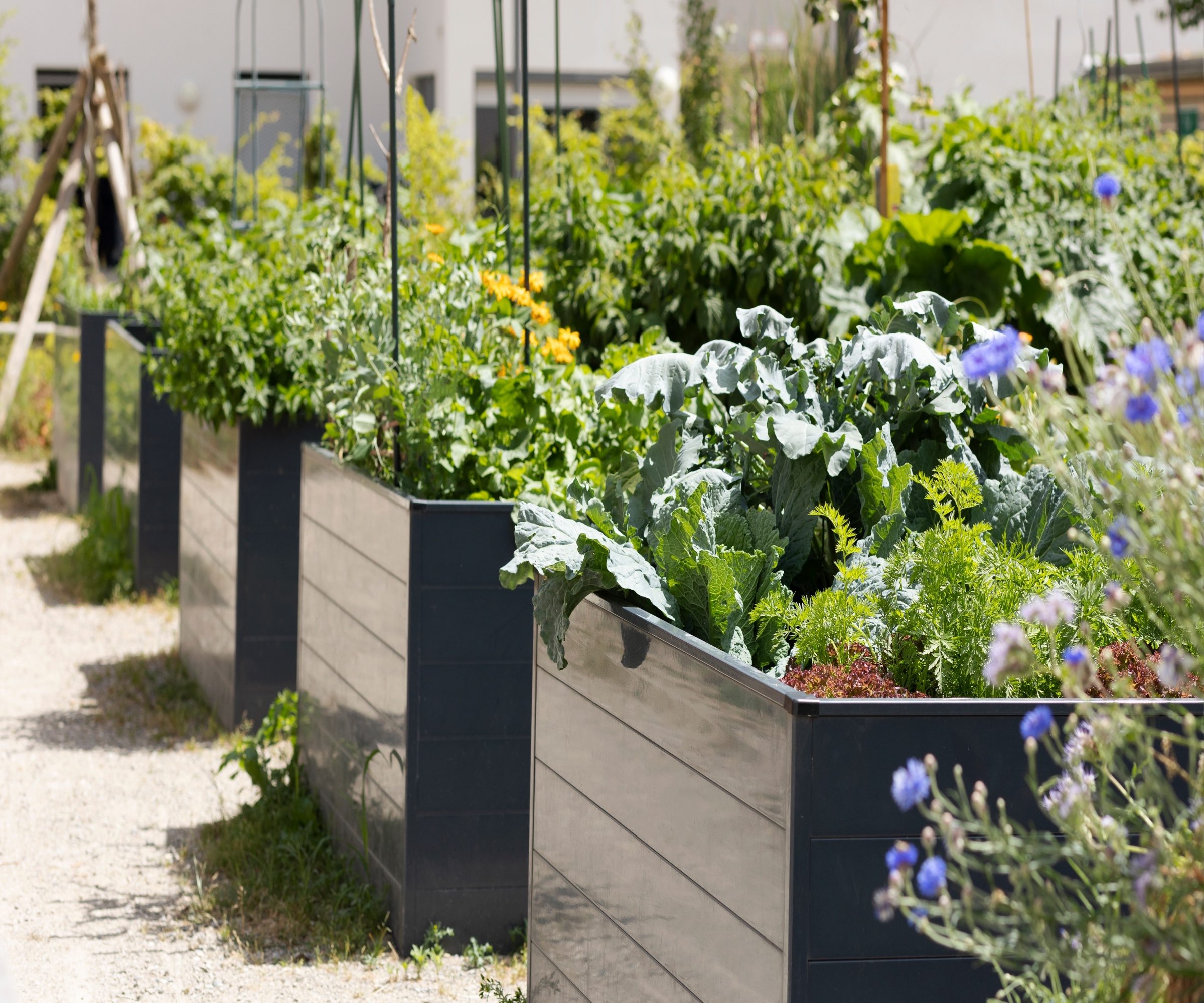
Plastic or composite raised beds look attractive and are durable and environmentally friendly
If you are looking for eco-friendly materials for your raised bed, consider recycled composite materials.
These are usually made from wood fiber and plastic and they are long-lasting and safe for use if you plan to grow vegetables.
This modern material is lightweight and versatile and can be bought in pre-made, ready-to-assemble kits which take a lot of the heavy work out of creating your raised bed scheme.
Environmentally sound, durable and rot resistant, this material is suitable for growing fruit and veg as well as ornamental varieties, and the plastic often comes in many colours and finishes, including wood and stone for an authentic look.
A range of composite material raised beds is available from Walmart.
3. Metal
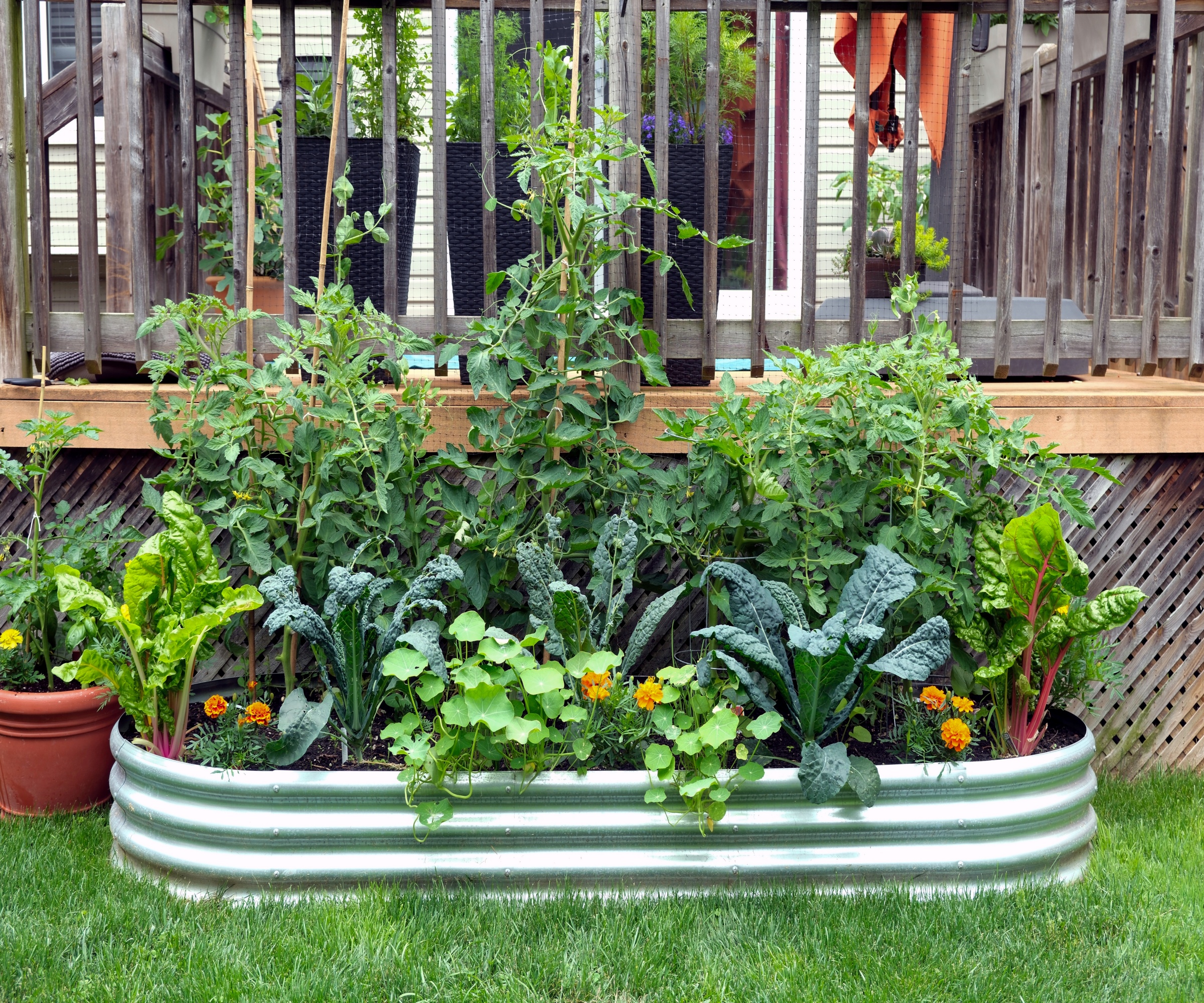
Galvanized metal is a popular material for raised beds as it has a modern, sleek look
I always think that large, old, recycled tin cans have a quirky elegance when they have plants growing out of them, so why not upscale this idea and opt for metal raised beds?
Food-grade galvanized steel or aluminum is a good material for raised beds because it is strong, relatively long-lasting and will give a sleek, modern edge to your yard.
Obviously rust is an issue, so make sure they have a rust-resistant coating and watch out for sharp edges.
Stock tanks used on farms to hold water and feed for livestock are another option, though if they haven’t been rust-treated they may have a short lifespan.
One of the bonuses of metal raised beds is that they hold onto the heat as the soil warms up, which can extend your growing season from early spring through to late fall.
Metal raised bed kits to suit every space are available from Gardening Know How.
4. Bricks and stone
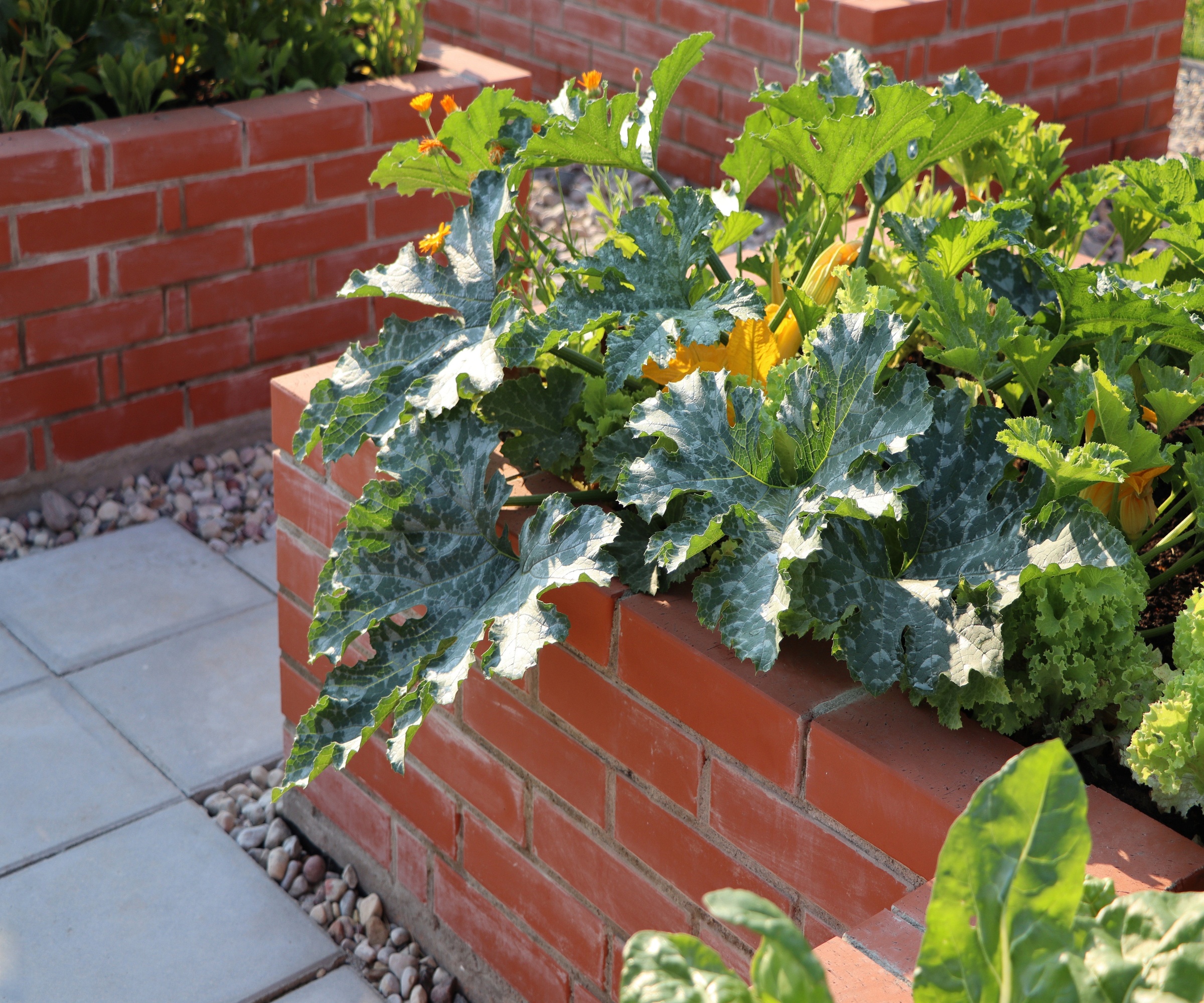
Bricks are a classic material for raised beds and fit in well with many garden designs
For permanent growing spaces, bricks and stone make excellent materials for raised beds.
Bricks are durable and will add a refined, symmetrical touch to your yard. However, they can be expensive and you will need some knowledge of bricklaying to get a durable, neat finish.
Stone is another attractive natural material, but again, it is an expensive option and stone beds can be hard work to construct, though they will give your yard a natural, organic feel.
Bricks and stones will be available to purchase from your local builder's merchant or quarry.
FAQs
What materials shouldn’t be used for a raised bed?
Avoid anything that could potentially leach toxins into the soil.
If you buy treated wood make sure the treatments are safe for gardening, and avoid using old railroad ties that have been treated with creosote, which is made from oil and tar and is toxic to humans and the organisms living in the soil.
Old rubber tires are also best avoided. Some people say the toxins are removed as the tires roll on the highway, but although there is no evidence to the contrary it is better to leave them alone than risk having chemicals migrating into your soil and food.
What is the cheapest material for raised beds?
Recycled and upcycled items such as large cans, old sinks, even old bathtubs are cheap, original and can make excellent raised beds. If you buy anything second-hand, always make sure it is safe to use in the yard, doesn't have dangerous sharp edges or is likely to contaminate the soil, and has drainage holes (or could have drainage holes added) to avoid waterlogging.
How high should my raised bed be?
There are two things to consider when deciding how tall your raised bed should be.
If you simply want neat borders for growing plants, then can be low to the ground, maybe one wooden plank high. But if you have issues gardening because you have reduced mobility or back problems, make your beds higher for easier access and more comfortable cultivation.
In our yard the raised beds are three or four planks high, which is deep enough for good plant stability and root development, and an accessible height to garden at.
Once you have found the best place and the best material for your raised bed or beds, it's time to get planting.
Raised beds are good for growing in a small space and also if your yard is prone to wet soil, as plant roots will be raised above ground level and so avoid the worst of the wetness.
They are also a great way to bring interest to your yard all year round, as well as the best-tasting food to your table.
Sign up to the Homes & Gardens newsletter
Design expertise in your inbox – from inspiring decorating ideas and beautiful celebrity homes to practical gardening advice and shopping round-ups.

Ruth is a Contributing Editor for Homes & Gardens, and formerly Gardening Editor of Amateur Gardening magazine. She is horticulturally trained, with a qualification from the Royal Horticultural Society. Her work for Amateur Gardening, the world's oldest weekly gardening publication, involved matching gardening tasks with each season, covering everything from sowing and planting, to pruning, taking cuttings, dealing with pests and diseases and keeping houseplants healthy. She is an expert in ornamental plants and edible crops, and everything she writes about and photographs is in her own garden, that has been a work in progress since her family moved there in 2012.
-
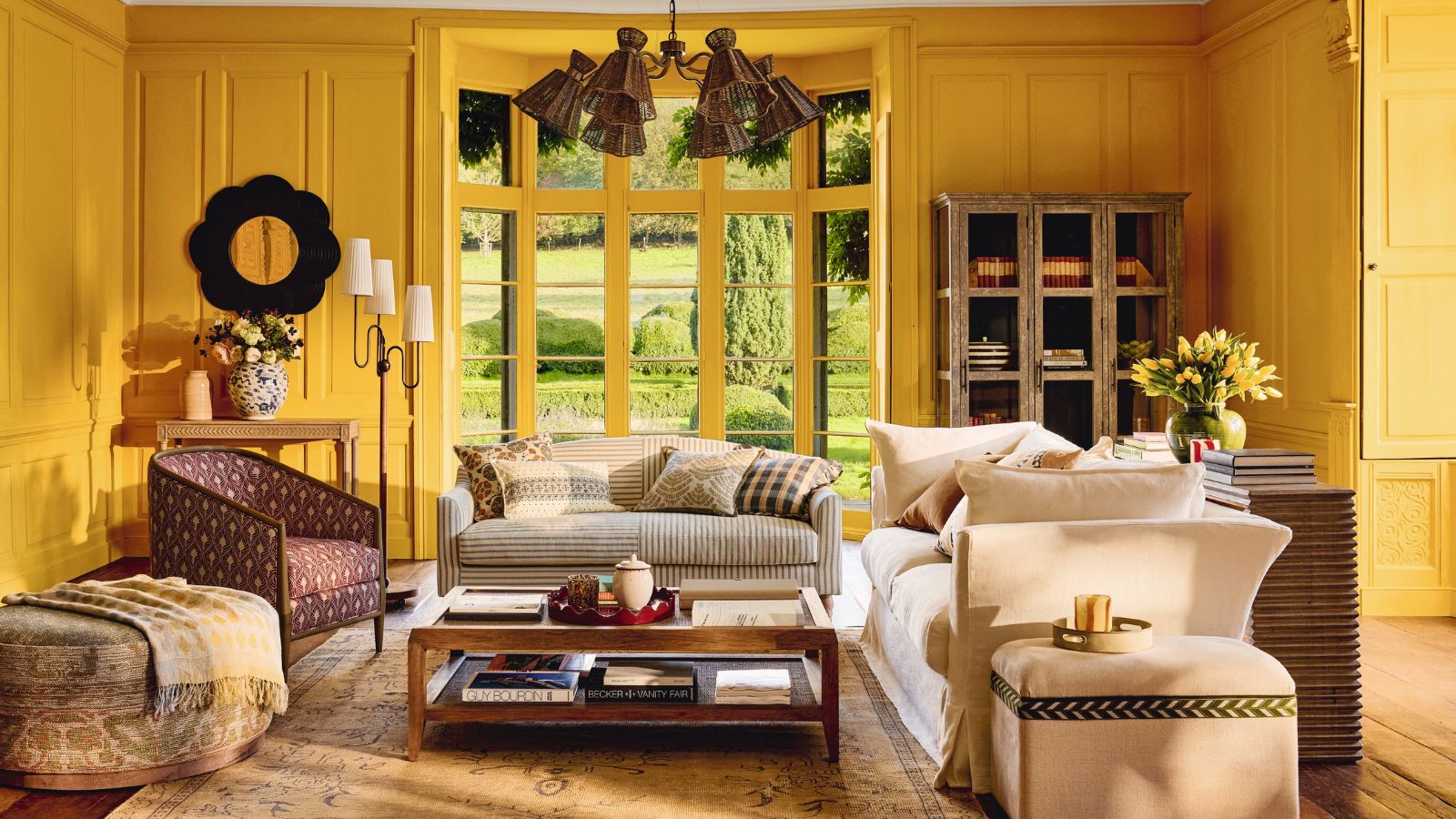 I’m an HVAC technician, and this is when I turn my AC on each year – plus 5 checks I always do beforehand
I’m an HVAC technician, and this is when I turn my AC on each year – plus 5 checks I always do beforehandSave yourself an AC hassle by running my checks and turning it on before big heat hits
By Josh Mitchell Published
-
 This simple marble hack elevates my budget-friendly wooden kitchen countertops and prevents the dreaded water damage for way less than you’d think
This simple marble hack elevates my budget-friendly wooden kitchen countertops and prevents the dreaded water damage for way less than you’d thinkThis design trick looks expensive, solves a problem, and was the easiest decision I made during my kitchen reno
By Charlotte Olby Published